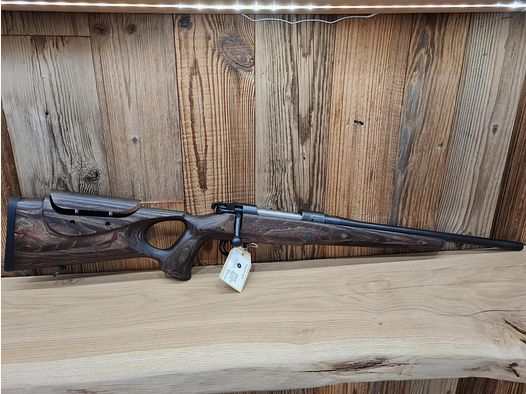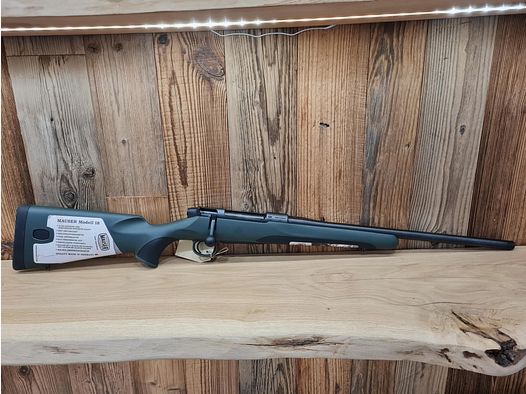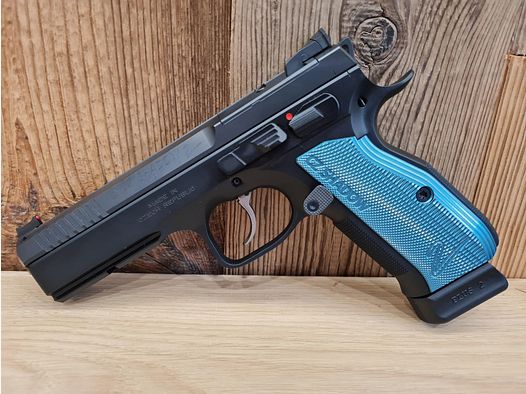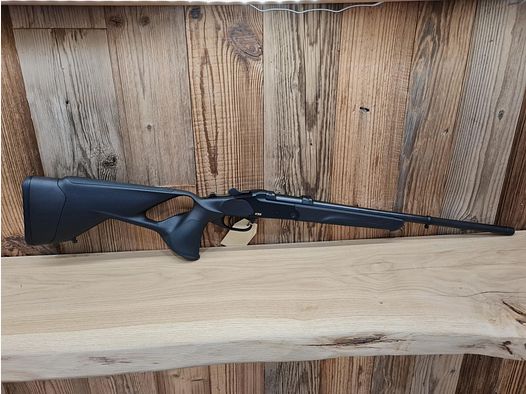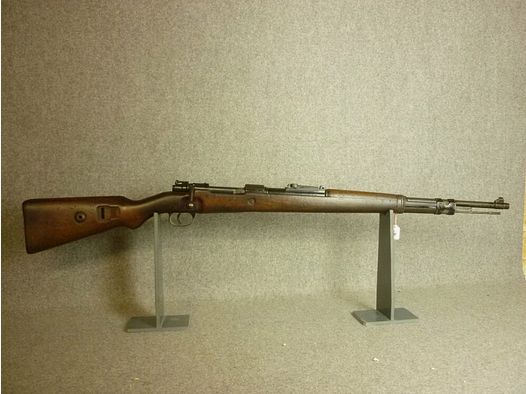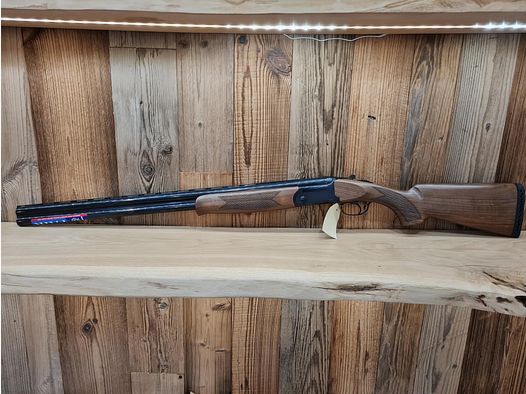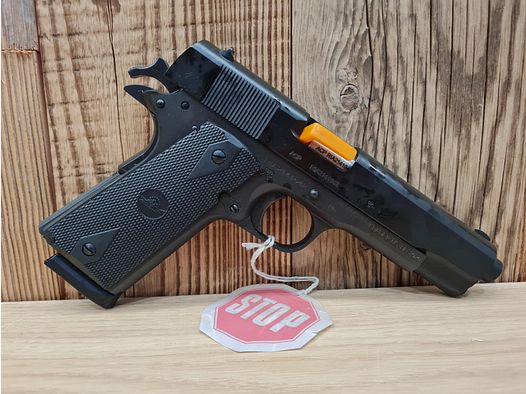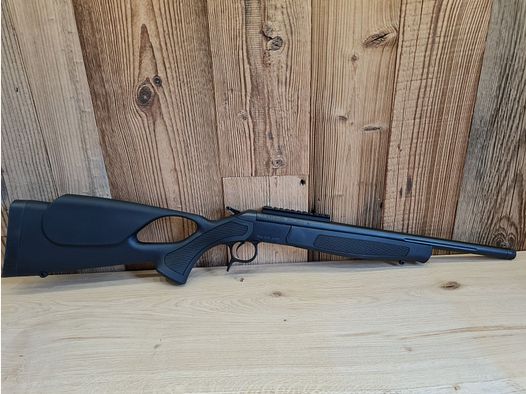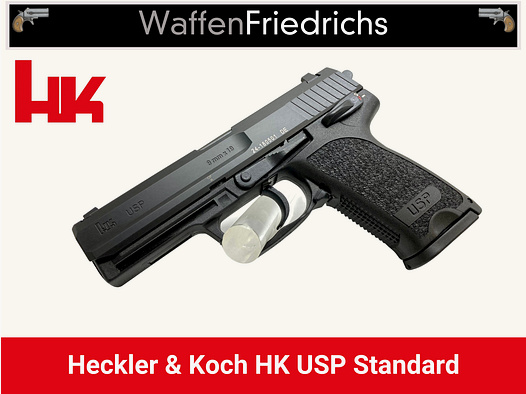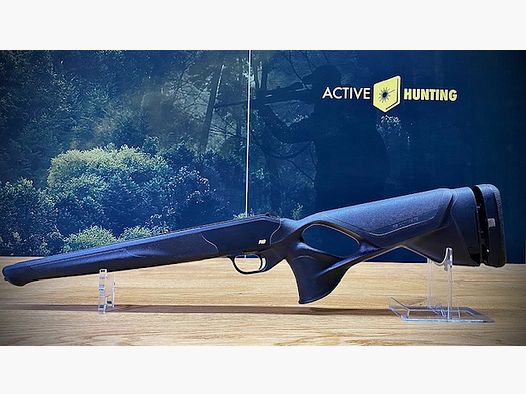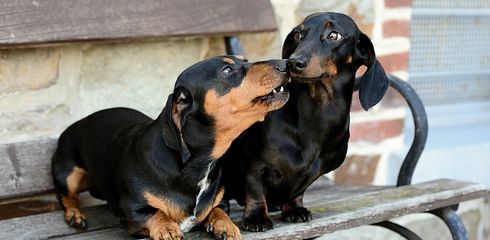What is a German Spaniel?
The breed of the German Spaniel (also known simply as Spaniel) is one of the oldest German hunting dog breeds. For many centuries, the ancestors of today's German Spaniels dominated the hunting dog populations in Germany. From them, other current hunting dog breeds emerged, such as the German Longhaired, the Small Münsterländer, the Large Münsterländer, or the German Wirehaired.
After the end of the 19th century, Pointer breeds became increasingly popular and began to displace Spaniels, leading to the founding of the "Club for German Spaniels e.V. 1903" in 1903, which continues to ensure the preservation and breeding of the German Spaniel to this day.
Today, the Spaniel is also considered a classic forester's dog.
Profile of the German Spaniel:
| Size: | 45-54 cm |
| Weight: | 18-25 kg |
| Colors: | Brown, Brown-White, Fawn |
| Coat Structure: | long, strong, dense, close-lying, curly or smooth, dense undercoat |
| Life Expectancy: | up to 14 years |
| Suitable as: | Hunting and family dog |
| Character: | Affectionate, Lively, Adaptable, Eager to learn, Alert |
| Need for Exercise: | medium-high |
| Water Affinity: | medium-high |
| Child-Friendly: | rather yes |
| Social Compatibility: | medium-high |
| Family Dog: | rather yes |
| FCI Group: | 8: Retrievers – Flushing Dogs – Water Dogs |
What is the nature & character of the German Spaniel?
The German Spaniel is a hardworking and passionate hunter, but he can also be a good family dog. The breed is intelligent and eager to learn, but also independent and sometimes stubborn. It is important that the German Spaniel is well socialized from an early age to ensure that he gets along well with other dogs and people.
What does a German Spaniel look like?
The German Spaniel is a strong and agile dog with a robust constitution. He has a short, dense coat that can come in various colors such as brown, gray, black, or so-called fawn. The German Spaniel has a strong nose and good hearing, which helps him track game effectively.
How to keep a German Spaniel?
A German Spaniel is an active and intelligent dog that needs a lot of exercise and mental stimulation to be happy and balanced. Here are some tips regarding the care of a German Spaniel:
- Exercise: These dogs need at least an hour of intense physical activity daily, such as walks, jogging, hiking, or playing outdoors.
- Training: A German Spaniel requires regular training to promote his mental abilities and strengthen his bond with his owner. Targeted obedience training and cognitive exercises are also helpful.
- Socialization: Socialization is important to acclimate a German Spaniel to different people, animals, and environments and to prevent him from becoming anxious or aggressive.
- Feeding: It is important to provide a balanced and healthy diet for your dog to maintain his physical and mental health.
- Grooming: Regular visits to the veterinarian, thorough grooming, and good hygiene are important to keep the German Spaniel healthy.
It is important to note that the German Spaniel is a work-oriented dog and needs a purpose in life to be happy. Hunting, dog sports, or other work tasks can help him express his natural instincts and boost his self-confidence.
How to train a German Spaniel?
The German Spaniel is an intelligent and work-oriented dog that responds well to positive reinforcement. Here are some tips for training a German Spaniel:
- Consistency: Be consistent in your training and stick to a fixed routine.
- Positive Reinforcement: Use positive reinforcement such as praise, treats, and toys to reward desired behavior.
- Clear Commands: Use clear and simple commands and repeat them regularly.
- Socialization: Start socialization early to acclimate your dog to different people, animals, and environments.
- Training: Incorporate regular training into your daily routine to promote your dog's mental abilities and strengthen his bond with you.
- Patience: Be patient and stay calm when your dog makes mistakes. Avoid punishment or aggressive methods, as this can disrupt your dog's learning process.
- Make it Fun: Make training a positive and fun experience for your dog.
It is important to note that every dog is unique, and a training strategy that works for one dog may not necessarily be effective for another. It is important to understand your dog's needs and personality and agree on a training strategy that works for both parties.
What diet is suitable for a German Spaniel?
Like all hunting dogs of his size, the diet of the German Spaniel should be designed to provide him with the proteins and vitamins his body needs to master the hunting and physically demanding leisure challenges. It should also be as natural as possible, meaning meat-based and balanced, to maintain his athletic physique.
A good method to provide the dog with large portions of meat is raw feeding (BARF). This food consists of raw meat from cattle, sheep, horses, and other livestock, except for pigs. Raw pork poses health risks for dogs, e.g., due to the Aujeszky disease.
Regarding a varied balanced diet, it is also advisable to offer the dog cooked vegetables along with fresh meat, etc., from time to time.
Grains such as wheat, corn, etc., are simply not needed by hunting dogs, and when feeding dry food, it should always be ensured that such grains are processed in very small amounts at most.
Some cooked rice is fine from time to time, and rice porridge can work wonders for gastrointestinal diseases.
In general, the adult Spaniel should receive 2-3 meals a day, preferably at regular times, to provide a framework for a structured daily routine.
Puppies need three to four meals a day. Small treats or pieces of sausage are suitable as rewards during training. Rewards and snacks in between should be considered in the total food amount. It is also important to ensure a constant availability of water for the dog. Practical water bottles with integrated bowls are available for on the go.
How to properly groom a German Spaniel?
The Spaniel requires regular grooming to stay healthy and happy. Here are some tips for properly grooming a German Spaniel:
- Brushing: Brush your dog regularly to keep his coat clean and free of tangles.
- Bathing: Only bathe your dog when necessary, as frequent bathing can remove the natural oils in your dog's coat.
- Nail Trimming: Regularly check your dog's nails and trim them if they become too long.
- Ear Cleaning: Regularly clean your dog's ears to prevent infections.
- Teeth Brushing: Regularly brush your dog's teeth to prevent gum disease and tartar buildup.
- Exercise: Ensure that your dog gets regular exercise and physical activity to stay healthy and fit.
- Feeding: Feed your dog a balanced and healthy diet to support his health.
It is important to note that every dog has different needs, and it is essential to know your dog's requirements to ensure he receives the proper care. If you are unsure how to care for your dog, you should consult a veterinarian or a dog trainer for expert advice.
What disadvantages does a German Spaniel have?
Individual representatives of this extremely popular hunting dog breed can also have disadvantages. Examples of these include:
- High Activity Level: German Spaniels are very active dogs and require a lot of exercise and physical challenges daily. If they are not sufficiently occupied, they can become restless and destructive.
- Training Needs: This breed is very intelligent but also stubborn. They require consistent and clear training to correct their undesirable behaviors.
- Hunting Instincts: German Spaniels have a strong hunting instinct and may exhibit escape behavior when they see animals or birds. This can lead to problems if they live in a city or a rural area with many free-roaming animals.
- Feeding Needs: This breed has a high caloric requirement and needs a balanced diet to stay healthy.
- Diseases: Like any breed, German Spaniels can suffer from certain diseases, such as hip dysplasia or eye problems. Regular veterinary care can help prevent or detect these health issues early.
It is also important to note that every dog is unique and that not all German Spaniels will exhibit the same disadvantages. Thorough consideration and research before purchasing or adopting a dog can help ensure that he fits your lifestyle and needs.
Does the German Spaniel fit me?
The question of whether a dog breed fits someone cannot be definitively and generally answered for the German Spaniel either. However, it is clear: The German Spaniel is primarily a dog designed for hunters due to its strong hunting drive and centuries of breeding for hunting purposes.
If you are considering acquiring a Spaniel, you should seriously familiarize yourself with the breed profile beforehand and carefully consider whether you can meet the dog's demands and training needs and whether you have sufficient time and patience for this. The family circumstances of the coming years should also be taken into account. A German Spaniel is very owner-oriented and requires sufficient attention and affection from its owner throughout its life.
The most important question to answer is: Does a German Spaniel fit my life circumstances?



